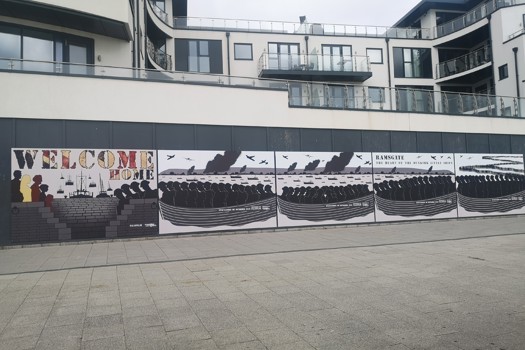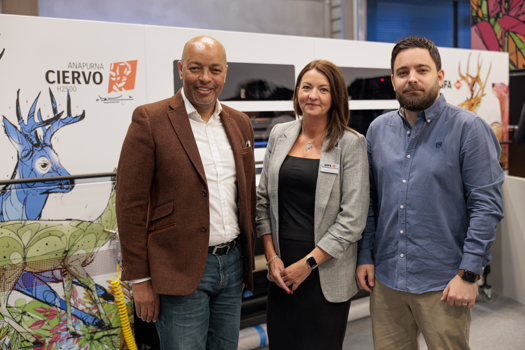Alastair Watson's comments about commodity printing brought to mind Mrs Merton's famous question to Debbie McGee: "So, what first attracted you to the millionaire Paul Daniels?"
Watson works for what is ostensibly the world's largest printing group, a multi-billion dollar turnover giant that bestrides the globe, and where business is all about scale and reach.
He's hardly likely to stand up in public and say that RRD's model is all wrong, and the future belongs to ma and pa printshops, is he?
Watson is correct in saying that a whole heap of print is, essentially, a commodity product. As per blogs passim about future business models, we are definitely seeing the emergence of 'industrial' printers that are focused on producing standard products in the most efficient and cost-effective manner. Whether these printers will be the most profitable is another question. We don't have to look far for home-grown examples of large, loss-making printcos. And look at RR Donnelley itself. In 2010 it made its first profit in three years, making a princely margin of 2.17% on all that turnover.
I would love to get a percentage estimate on Watson's view about 'the vast majority' of print being classified in this way, though. It seems to me to be incredibly tricky to pin down. The flipside being that surely a whole heap of other customers will fall through the gaps in such a model. They won't be big enough to be of interest to the superprinters, and they may well require higher-value, more bespoke print propositions. I'm reminded of St Ives saying that it is talking to its customers about how they can print less for them, but print smarter and more effectively.
In the coming years some superprinters will indeed be big, industrialised producers, while others may be described as supersmartprinters who will exploit profitable niches and new opportunities.
The differing viewpoints on all of this are proving fascinating. As Mrs Merton would say: "let's have a heated debate."






